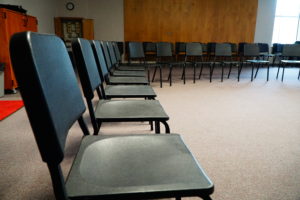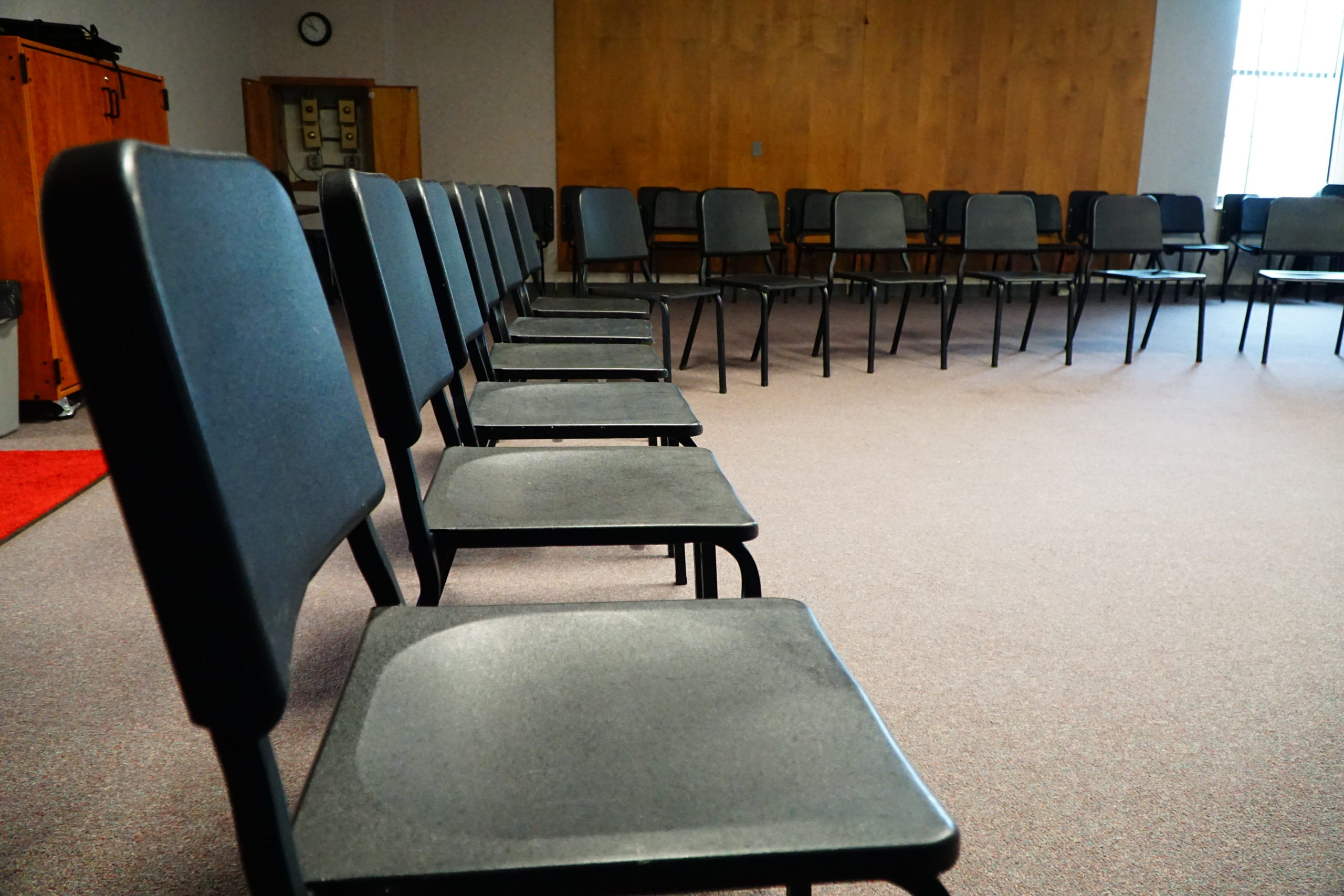By Michelle Willson, Feature/Entertainment Editor

Due to the outbreak of the coronavirus the schedules of Northwestern’s students and teachers have gone through a series of changes.
All Northwestern’s classes will be in an online format for the rest of the semester.
Most classes will be taught over video chat with homework posted on blackboard. But, classes like art, theatre, band, music and science labs have lots of hands-on work and run into challenges when going online.
The transition can be more challenging for some than others. In some cases, this is the first time the teachers are utilizing zoom to teach a class and the first time students have used the app.
“I actually taught a lot of my classes this way while I was recovering from my snake bite so it is not really that new,” Aaron Place, professor of biology, said.
In most cases, classwork has been changed to fit the blackboard and zoom formats. While other classes began utilizing other apps and programs.
“In Aural Skills, we are using the state of the art Ear Master 7 software that tracks progress and anyone can do it on their computer, tablet or iPhone,” Karsten Longhurst, instructor of music and director of choral studies, said. “You can sing into it and do lots of ear training stuff without being in the class. I like to augment with that, but now we are just going to do that primarily.”
Companies like Adobe understand that this transition will be hard for students and teachers and to help them have made their services free for students until May 31.
“I’m still working on it with the IT department,” Kyle Larson, assistant professor of art, said. “I am hoping that the students will be able to download it on their individual computers and we will be able to continue through zoom.”
The teachers are mindful some students have access to less than others and are getting creative on how to solve this problem.
To help solve this problem Larson has made most of his projects open-ended. Giving students the freedom to utilize the material around them.
“What if a student did not have access to paint – wherever they are?,” Larson posed. “Well, they are going to have to use something else. Maybe they make a collage or cut up their old t-shirts and make a collage out of that.”
Place ran into a similar issue with his animal behavior class. The students were studying the animals in the lab, but students can’t do that from home.
“I am able to have them do lots of those labs at home,” Place said. “I just have them do the labs with their pets, family or go outside and utilize birds or insects.”
One downside to being online teachers don’t get the feedback, in contrast to the classroom setting. With the students in front of the teachers, it is easier to tell who is understanding or not.
“I pretty regularly poll the students to make sure what I am doing is working and if they have any suggestions or ideas,” Place said.
Even when facing the challenges most teachers have a positive outlook going into the rest of the semester.
“We are
excited to accept the challenge to teach online,” Longhurst said. “It is a
challenge because it takes a little bit of extra work but I think we can manage
this quite well.”

